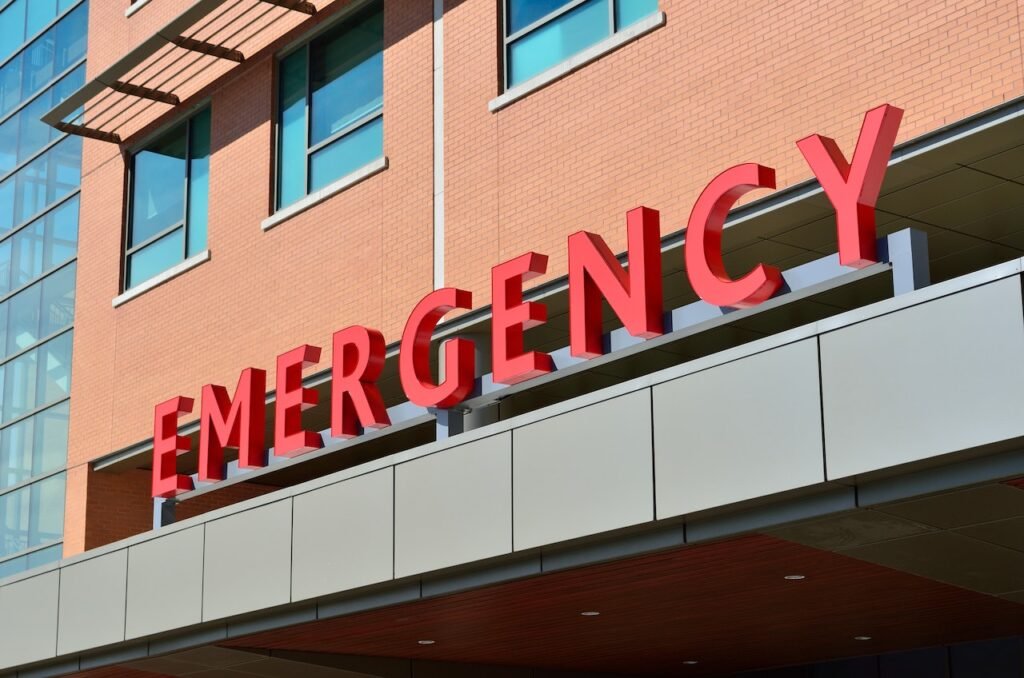
How well is your organisation prepared for an emergency? Being able to effectively deal with a major crisis should form a vital part of any health and safety plan. However, knowing where to begin can be tough. That is why highly experienced public safety professional Eddy Andrews has taken a closer look at the importance of one and what yours should include.
Why do you need an emergency plan?
Before Eddy Andrews explores the things that you will need to include in your plan, it is first important to understand why you need one. The biggest advantage of an emergency plan is that it will provide you with a clear list of actions to follow in an emergency. These situations are often very scary and nerve-wracking, and it can be very easy to forget things.
Eddy Andrews says an emergency response plan is much more than just a guide, though. The process of creating one can also help you to identify potentially unrecognised hazards that might arise in certain emergencies, as well as identify areas where you are lacking in preparation or equipment.
What is the objective of an emergency plan?
The basis of an emergency plan is to prevent fatalities and injuries among employees and members of the public. However, it should also be used to help reduce damage to property, equipment and stock as well as the environment and wider community.
Eddy Andrews also says that an emergency response plan can help identify vulnerabilities, allowing organisations to determine how likely it is that a situation will occur, what could be done to prevent it, and what is required to reduce its impact.
What kinds of hazards does it cover?
The world is continuously changing, which can make it very hard to cover for every eventuality. However, Eddy Andrews says that you can break this down into two key sectors, technological and natural hazards.
Technological emergencies could consist of things such as:
- Fire
- Unintentional or intentional release of products
- Gas explosion
- Structural failure
- Terrorist activities
- Loss of electrical power
- Loss of communications
- Loss of water
Natural emergencies could include things such as:
- Flooding
- Bush fires
- Earthquakes
- Severe wind storms
- Extreme temperatures
- Pandemics
Final thoughts
Developing a clear emergency plan is essential in ensuring your organisation remains protected in the event of a natural or technical disaster and will keep your property and employees safe. With over 45 years of experience working across both the military and business sectors, Eddy Andres is one of the most experienced public safety professionals in the industry.
His knowledge and experience have helped countless organisations and government sectors to improve their emergency planning. So if you want to find out more about how he can help you transform your safety, get in touch with Eddy today, and he will get back to you as soon as possible.
